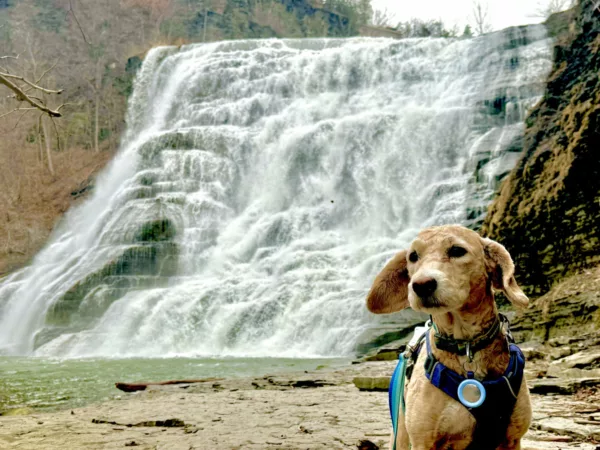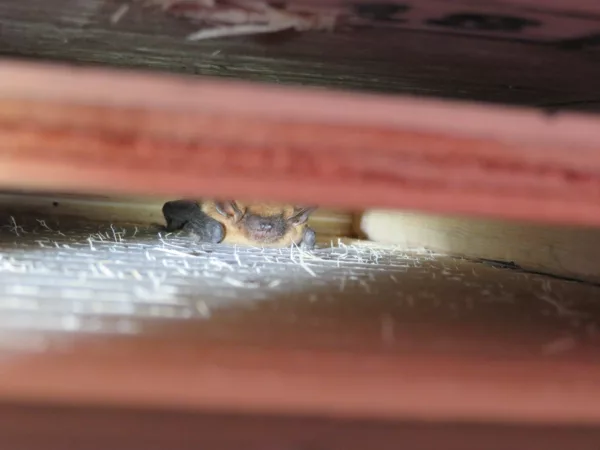How to Clean Your Hiking and Camping Clothes and Gear

Taking proper care of your gear can maximize its shelf life and keep it performing at its best on your outdoor adventures. Spot cleaning stains and mud splotches can help maintain gear and clothing, but a deep clean after a particularly gruelling trip or before storing it away for the season can help protect your gear and prevent it from breaking down prematurely. From hiking boots to performance wear and camp stoves, here’s how to properly clean your hiking and camping gear.
Hiking Gear

Performance wear, like merino wool base layers and shells, doesn’t need to be washed as often as your everyday clothes. Meant for many cycles of wear and designed to stave off odours and wick away sweat, hiking clothes can be washed only as needed, following the care labels.
To maintain the performance of base layers, especially merino wool, wash on a gentle cycle in cool water with a mild soap and hang to dry. Using bleach or fabric softener and the dryer reduces the fabric’s ability to regulate body temperature.
Wet or dirty down jackets can lose the ability to insulate your body, so wash your outer layers twice a year to maintain performance. These often require a technical laundry detergent formulated to clean down garments, like Nikwax Down Wash Direct, without damaging the loft. Wash on a gentle or delicate cycle with cold water and dry on low heat with one or two clean tennis or dryer balls to break up the clumps. To hang dry, lay it flat on a drying rack and manually break up the clumps as it dries.

The buildup of dirt and other grime on waterproof clothes weakens the performance of its DWR finish, and your jacket or pants will start to absorb water instead of bead on the surface, which is a sign your gear needs to be washed. Shells also require a technical wash like Nikwax or Grangers to maintain water repellency. Machine wash waterproof clothes in cold water with a small amount of liquid detergent on a gentle cycle. To reactivate the DWR coating, tumble dry for an extra 20 minutes on medium heat.
Cleaning your boots by scrubbing away any clumps of dirt and dislodging pebbles in the soles can help with traction. Because of the materials in boots, like mesh or leather uppers, it’s best to hand wash your hikers. After removing the laces and insoles, rinse your boots with clean water and scrub off any dirt with a brush, sponge or toothbrush, using a mix of mild dishwashing soap and water.

Dry your boots away from direct sunlight or sources of heat like a heater or fireplace to avoid damaging and weakening any leather or waterproof materials. To speed up the drying process, use a fan instead. Make sure the boots are completely dry before re-lacing and re-inserting the insoles.
Hiking poles can slide or stick when the interior gets wet or dirty. Routinely disassemble poles, especially after hiking in wet conditions, to inspect for damage. Soak hiking poles in a bucket of dish soap and warm water for about 10 minutes and wipe off any stubborn dirt and grime with rubbing alcohol and a non-abrasive sponge or cloth. When the poles are clean, store them away from direct sunlight to keep the plastic parts, like the baskets and rubber tips, from warping and cracking.
Camping Gear

Though it’s unnecessary to wash your sleeping bag after every trip, laundering it at least once a year or at the end of each season can help keep it in tip-top shape. For convenience, down and synthetic sleeping bags can be tossed in washing machines without an agitator with a gentle, non-detergent soap.
To hand wash your bag, fill a bathtub with cool water and the appropriate down or synthetic cleaner. With the sleeping bag in the tub, gently rub the soap throughout the entire bag and let it soak for up to an hour. Press out the water and refill the tub to rinse the soap off the bag. Repeat the rinsing and pressing cycle until all of the suds are gone. To dry, put it in the dryer on low with tennis balls. To air dry, lay it flat on a clean surface in a ventilated space and manually break up clumps of down as the bag dries.

Cleaning your tent and keeping it dry after every trip is crucial to maintaining its performance. Pitch it and air it out in a ventilated space or hang it to dry to prevent any mildew from forming, which often results in a musty smell and weakened waterproof coatings. Instead of throwing your tent in the wash, which could stretch or tear it, use a non-abrasive sponge with cold water and a non-detergent soap to clean it. Using scented products could attract animals in the wild on your next trip. Gently scrub soiled areas by hand, being extra gentle on any specially treated areas and mesh panels.
Though most camp cookware is dishwasher safe, camp stoves need to be manually taken apart for a deep clean after a trip. Disassemble the burners and with a toothbrush or sponge, clean the stove with warm water and soap. Thoroughly air-dry the stove to prevent rusting before putting it back together.
More in Gear:
Do Hiking Socks Really Make a Difference?
Top 10 Things People Forget When Camping
How to Properly Store Your Winter Gear














